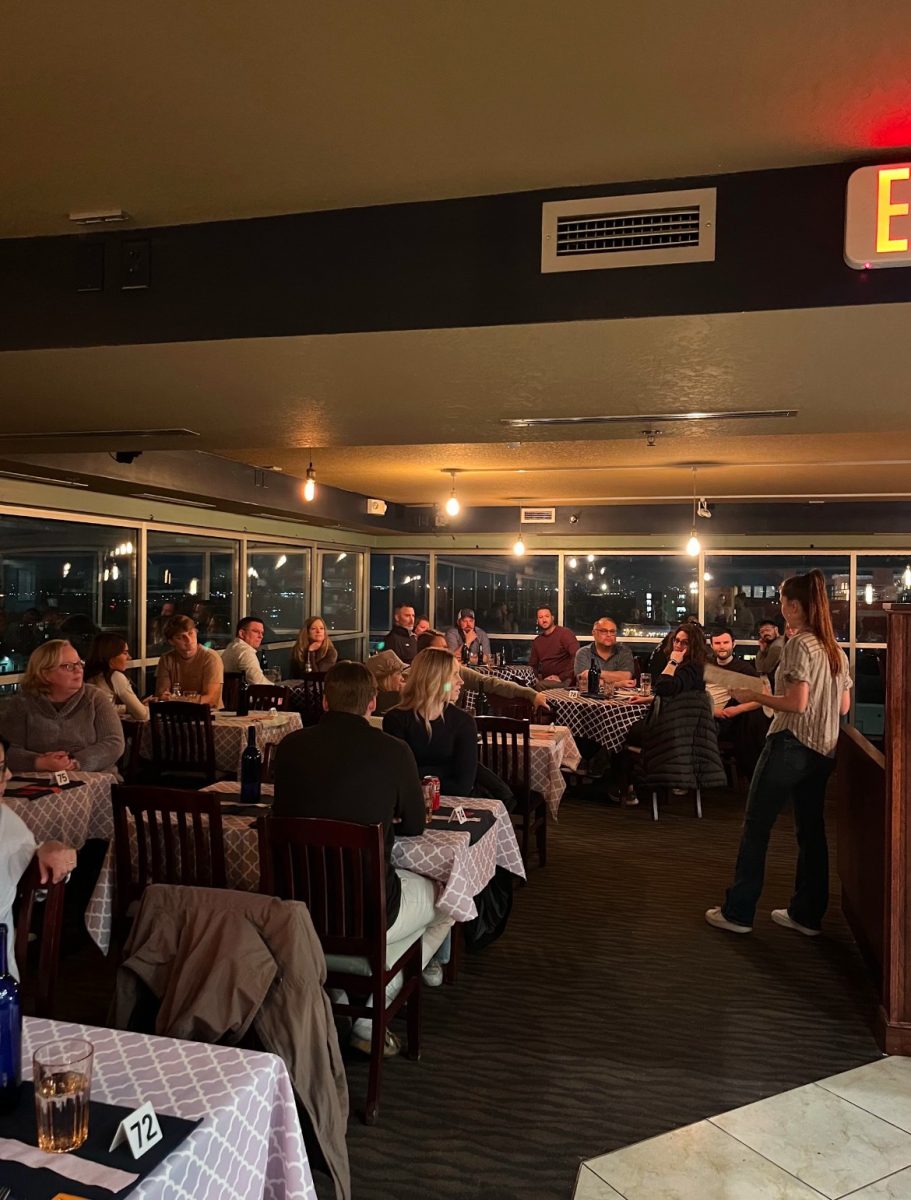Learning groups continue growth as DOR shrinks
March 22, 2005
While students leave the residence halls in large numbers, a 10-year success story at Iowa State continues to draw first-year students and show positive results.
Learning communities — small groups of students who may take similar classes and live in the same residence hall — have continued to show signs of academic success and student retention for a financially strapped Department of Residence. However, differing views exist on the program’s effect on participants’ social lives and interaction with others.
According to 2003 rankings from U.S. News and World Report, Iowa State boasts one of the top five learning community programs in the nation.
Todd Holcomb, interim director of the Department of Residence, credited the success of learning communities to increased cooperation between academic departments and the Department of Residence when providing student services. He said he hopes more learning communities can be created.
Doug Gruenewald, assistant director of residence and co-director of learning communities, said residence halls have become more focused on learning and academic success.
He said residential learning communities are focused mainly on first-year students; however, he said, the Department of Residence has been using its learning community success to try to retain upperclassmen.
Gruenewald said between 2000 and 2003, 54 to 56 percent of learning community students returned to the residence halls for another year, compared to 35 to 39 percent of students who were not in learning communities. Gruenewald said his office estimates that this difference accounts for an additional $3 million in revenue annually for the university.
Jake Reischl, sophomore in mechanical engineering, lives in the honors learning community in Martin Hall. He said the community was a major factor in his decision to return to his learning community next year.
“I cannot see myself living without these guys next year,” he said. “The return rate is phenomenal, and pretty much everyone is coming back.”
One concern with learning communities, however, is the effect they may have on residents’ personal lives.
Holcomb said parents become concerned about the potential for a learning community to become a participant’s only social life and stifle interaction with other students.
“I don’t think the learning communities really stop students from engaging with a variety of individuals,” Holcomb said.
Reischl disagreed.
“You could say [the learning community] is like a cult,” he said. “We know some kids from other communities and on other floors of Martin, but there’s not that much interaction.”
Not all learning community programs have participants living together in the residence halls.
Of the 45 learning communities listed for the 2005-06 school year, 23 learning communities have a residential component.
Five new learning communities will start at Iowa State next fall: two in the College of Design, one in Engineering and two in Liberal Arts and Sciences.
The new communities will not be residential.






